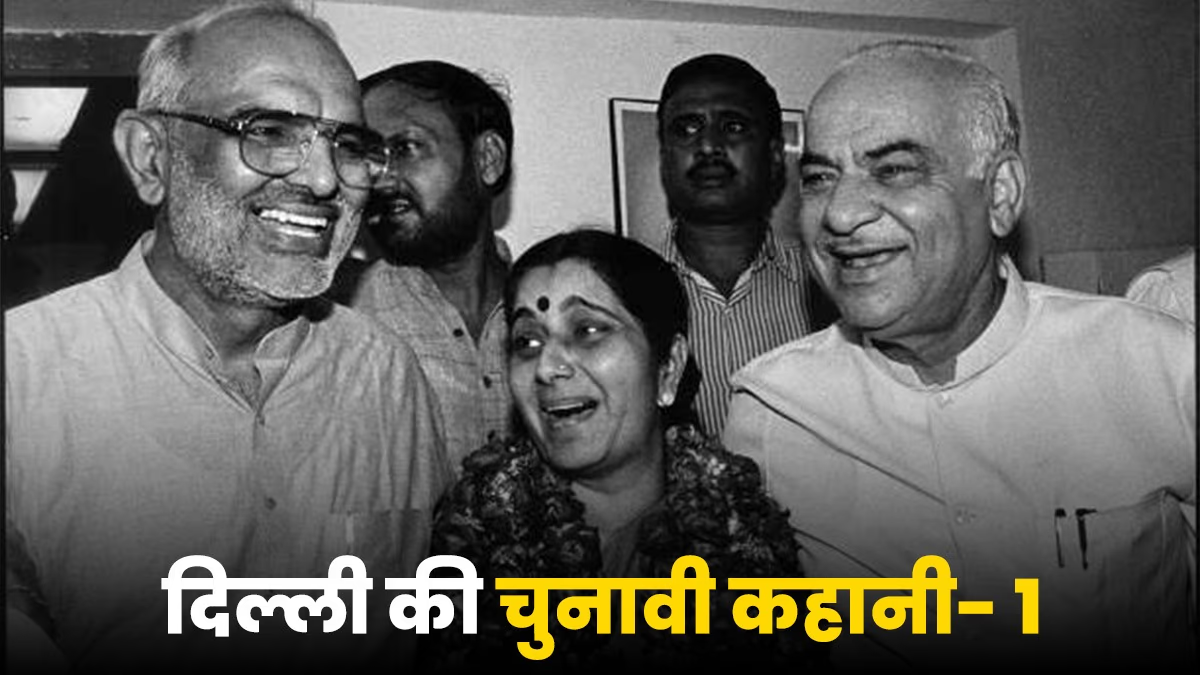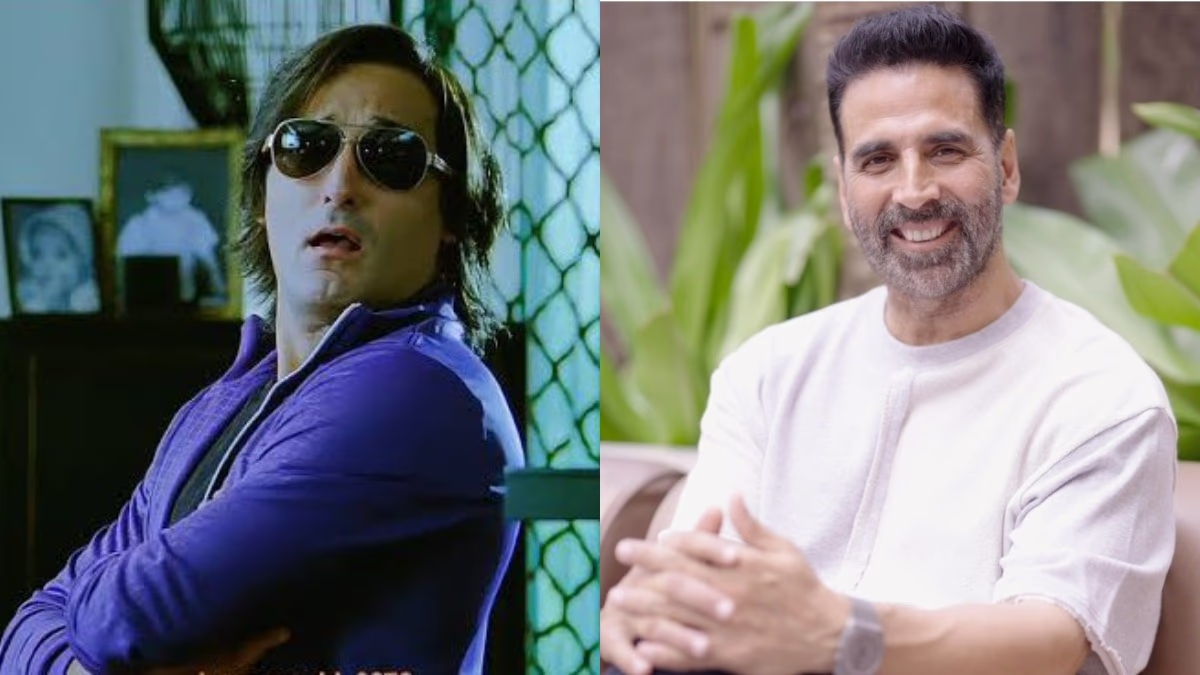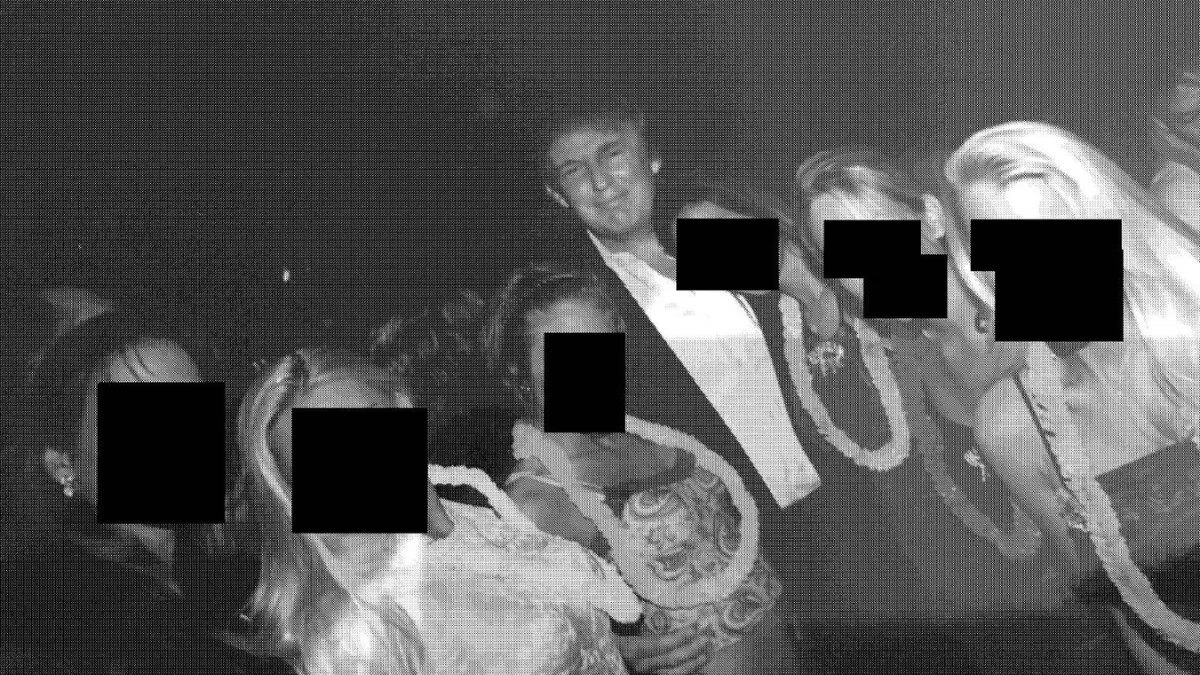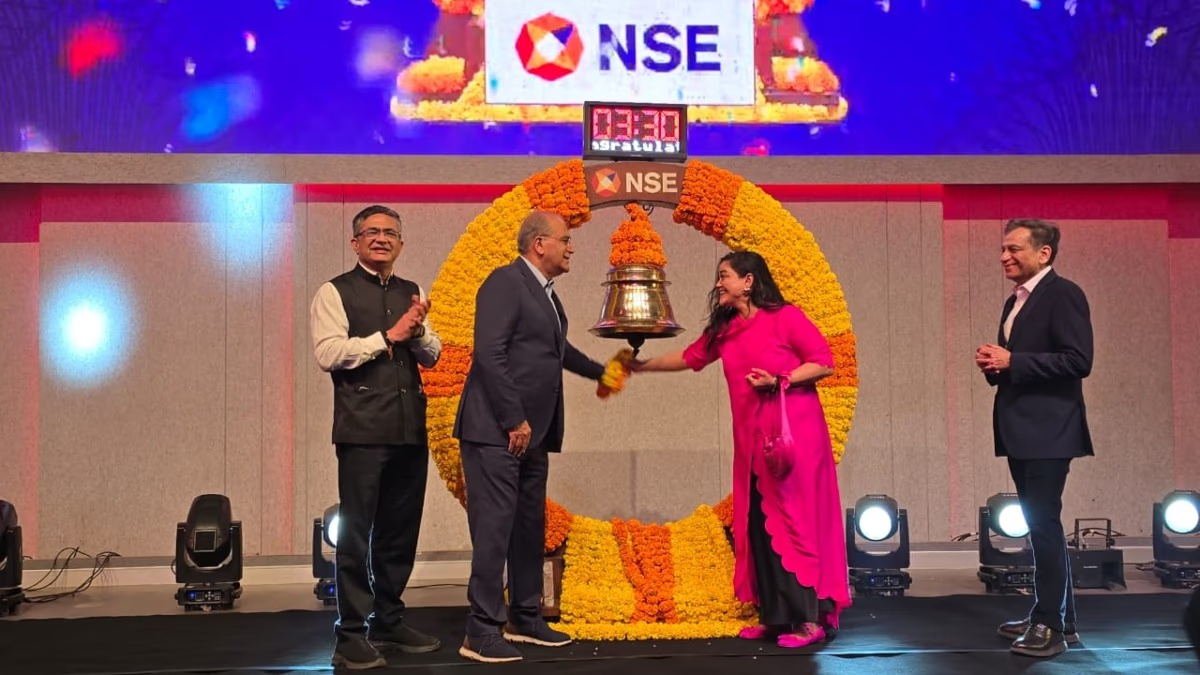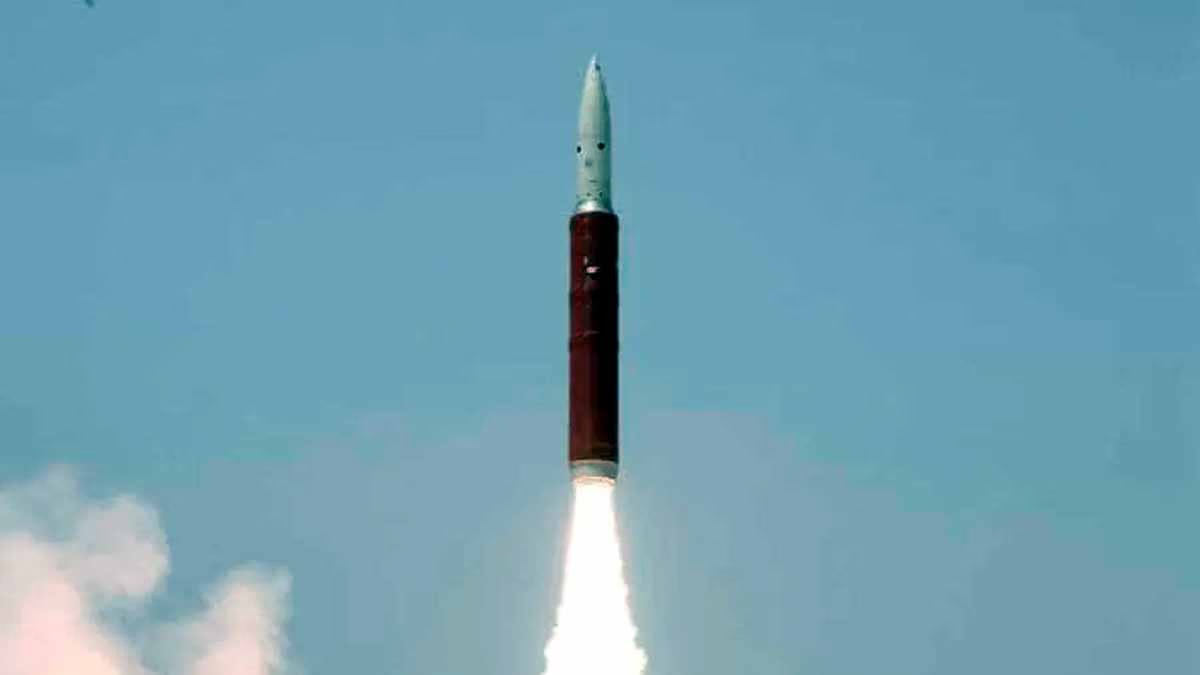The Delhi Assembly elections are set for next year, marking the eighth election cycle. The people of Delhi have given BJP, Congress, and even the Aam Aadmi Party opportunities to govern. In 1993, during the wave of the Ram Mandir movement, the BJP secured a resounding victory. However, within five years, the party changed its Chief Minister thrice. When the 1998 elections were held, Congress took over power from the BJP. Congress ruled Delhi consecutively three times, and now the Aam Aadmi Party has held power for the last three terms.
The BJP aspires to end its 31-year dry spell and return to rule Delhi, while Congress is working hard to reclaim its lost stature. The Aam Aadmi Party aims to secure a fourth consecutive term in government, continuing its record. The most extended tenure as Chief Minister in Delhi is held by Congress's Sheila Dikshit, who served for 15 years. Following her, Arvind Kejriwal has been Chief Minister for nearly 11 years.
During the Era of the Ram Mandir Movement
The Delhi Assembly was formed in 1993, and that same year, the first Assembly elections were held in the National Capital. It was a time when the Ram Mandir movement's voice was strongly echoing across the country, with BJP as its leading proponent. In 1993, BJP conducted a public awareness campaign for the Ram Mandir. By year-end, the elections were held, and BJP secured a massive majority with 49 seats. Congress was limited to just 14 seats. Elections were held for 70 seats in total, and a majority required 36 legislators.
How Did the Elections Turn Out?
In 1993, Delhi had 5.85 million voters, with 3.61 million casting their votes, marking a 61.8% turnout. There were elections for 70 seats while 1,316 candidates contested, including 59 women. However, only three women emerged victorious: Krishna Tirath from Baljit Nagar, Tajdar Babar from Minto Road, and Purnima Sethi from Kalkaji. BJP's Charati Lal Goel became the Speaker, and Krishna Tirath was appointed Deputy Speaker in the first assembly.
In the first assembly election, BJP won 49 seats and gained a 42.80% vote share. Congress came second with 14 seats, acquiring a 34.50% vote share. The Janata Dal came in third, securing 4 seats and 12.60% of the votes. Three independents also won elections, receiving 5.90% of the votes.
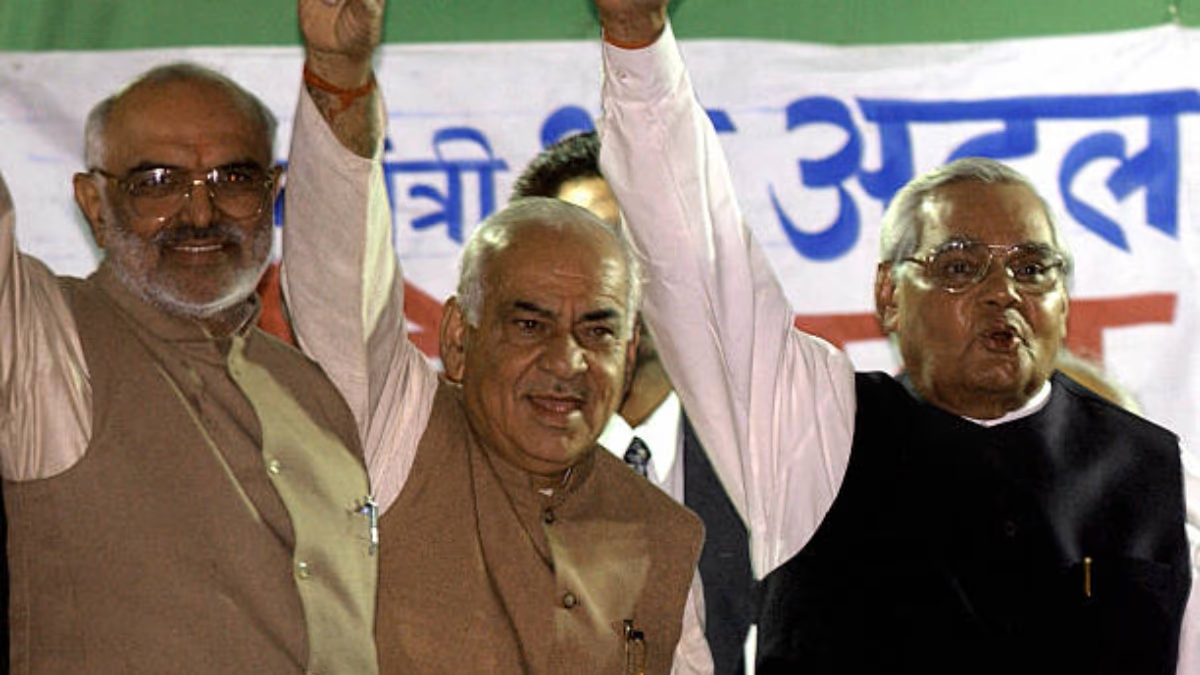
Source: aajtak
From Shalimar Bagh, Sahib Singh Verma of BJP achieved victory with the largest margin of 21,770 votes. Madan Lal Khurana was victorious by 6,560 votes from Vishwas Nagar. Jaiprakash from Adarsh Nagar won by the smallest margin of 40 votes. Famous cricketer Kirti Azad contested from Gol Market as a BJP candidate, securing victory with a margin of 3,803 votes.
Who Was BJP's Chief Minister and for How Long?
Despite securing a five-year term, BJP had to change its Chief Minister thrice. Initially, Madan Lal Khurana was appointed the Chief Minister but resigned after approximately 27 months in office. Sahib Singh Verma took over, holding the position for over 31 months. Finally, Sushma Swaraj served as Delhi's Chief Minister for 52 days, after which Congress reclaimed power.
What Was BJP's Electoral Strategy?
In the 1993 elections, BJP entered the fray under Madan Lal Khurana's leadership. Yet, the top command didn't declare him as the Chief Minister candidate. However, at that time, Madan Lal Khurana, Vijay Kumar Malhotra, and Kedar Nath Sahni were prominent figures in BJP's political scene in Delhi. BJP managed to capture the political battle of Delhi, and Madan Lal Khurana succeeded in becoming the Chief Minister.
Why Did BJP Need to Change Three Chief Ministers?
Madan Lal Khurana:
Born in 1936 in Pakistan's Lyallpur, Madan Lal Khurana's family moved to Delhi post-partition. At that time, he was 12 years old. His family settled in a refugee camp in Kirti Nagar, Delhi. Interestingly, he went on to serve as the Chief Minister of the same Delhi where he spent his initial days as a refugee.
Khurana graduated from Kirori Mal College, University of Delhi, and later pursued post-graduation from Allahabad, becoming active in student politics. For livelihood, Khurana taught at the RSS-run Bal Bharati School and later joined as a lecturer at a college. Elected as the general secretary of the Allahabad University's student union in 1959, he served as ABVP's general secretary in 1960. From 1965 to 1967, he was the general secretary of Jan Sangh.
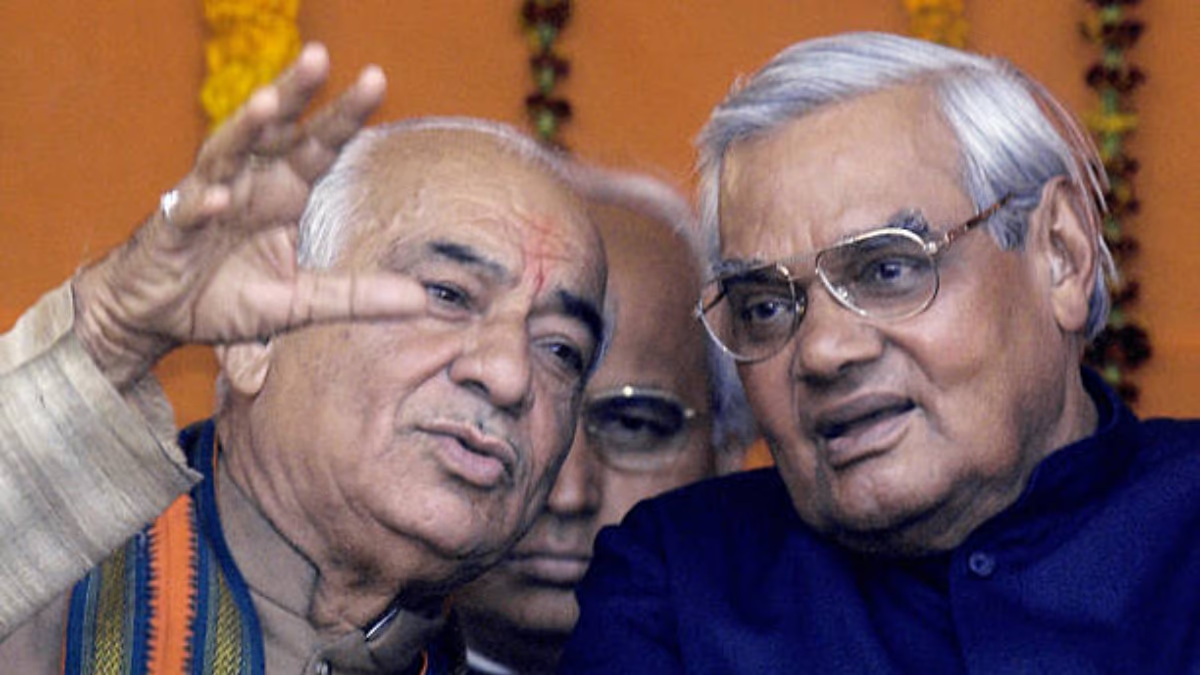
Source: aajtak
When Syama Prasad Mookerjee founded Jan Sangh, Khurana was his ally in Delhi. During this period, the trio of Madan Lal, Kedar Nath Sahni, and Vijay Kumar Malhotra became influential, significantly strengthening Jan Sangh among Punjabis. In 1967, Madan Lal toppled Congress's Om Prakash Makan in the Paharganj ward election, a time when Indira Gandhi's influence was prevalent in Delhi.
After the BJP faced a massive defeat in the 1983 municipal elections, Madan Lal Khurana worked meticulously to re-establish BJP in Delhi. Under Khurana's leadership in the 1993 assembly elections, BJP entered the political race and deservedly defeated Congress. Khurana focused intensely on Outer Delhi and Yamuna regions. Furthermore, he strategically disrupted Congress's stronghold in Muslim-majority areas, achieving success.
Khurana defeated Congress candidate Anjali Makan, daughter of Om Prakash Makan, in the first assembly election. Anjali was a Doordarshan presenter at that time. On December 2, 1993, Khurana took oath as the Chief Minister, marking an epic milestone. But within three years, circumstances led him to resign from the Chief Minister's position.
Why Did Khurana Have to Resign?
In those times, Subramanian Swamy was the president of the Janata Party. On June 29, 1993, he held a press conference accusing Khurana of corruption. Swamy claimed he could prove a broker, and hawala dealer Surendra Jain gave 20 million rupees to L.K. Advani in 1991. Surendra Jain was linked to an illicit operation that laundered foreign money into rupees, potentially aiding separatist JKLF in Kashmir. Initially, the claim was disregarded. However, close to the forthcoming Lok Sabha elections, names from that diary emerged, allegedly listing many Congress, BJP, and other leaders' initials alongside certain amounts.
Madan Lal Khurana’s name appeared in that diary, allegedly receiving 300,000 rupees in 1988. Pressure mounted on Khurana to resign from the Chief Ministerial role. As CBI began preparing to file chargesheets, in January 1996, L.K. Advani resigned as BJP president, pledging not to contest until proved innocent. On February 22, 1996, acting on Advani's advice, Khurana stepped down, serving 2 years and 86 days as CM. Today, Khurana is lauded for accelerating Delhi's development.
Sahib Singh Verma:
Based on the legislative majority, Sahib Singh Verma became the CM post Khurana. On February 26, 1996, he was sworn in. Verma was considered a staunch critic of Khurana. As Education and Development Minister in Khurana’s government, Verma implemented numerous reforms, earning a favorable perception among the BJP high command. In 1996, when Advani and Khurana confronted corruption charges (Jain Diary Hawala Case), pressure mounted leading them to resign from their positions. Chiefs from BJP convened a legislative assembly meeting, and the majority of 49 legislators nominated Sahib Singh Verma as Chief Minister, ascending him to the position.
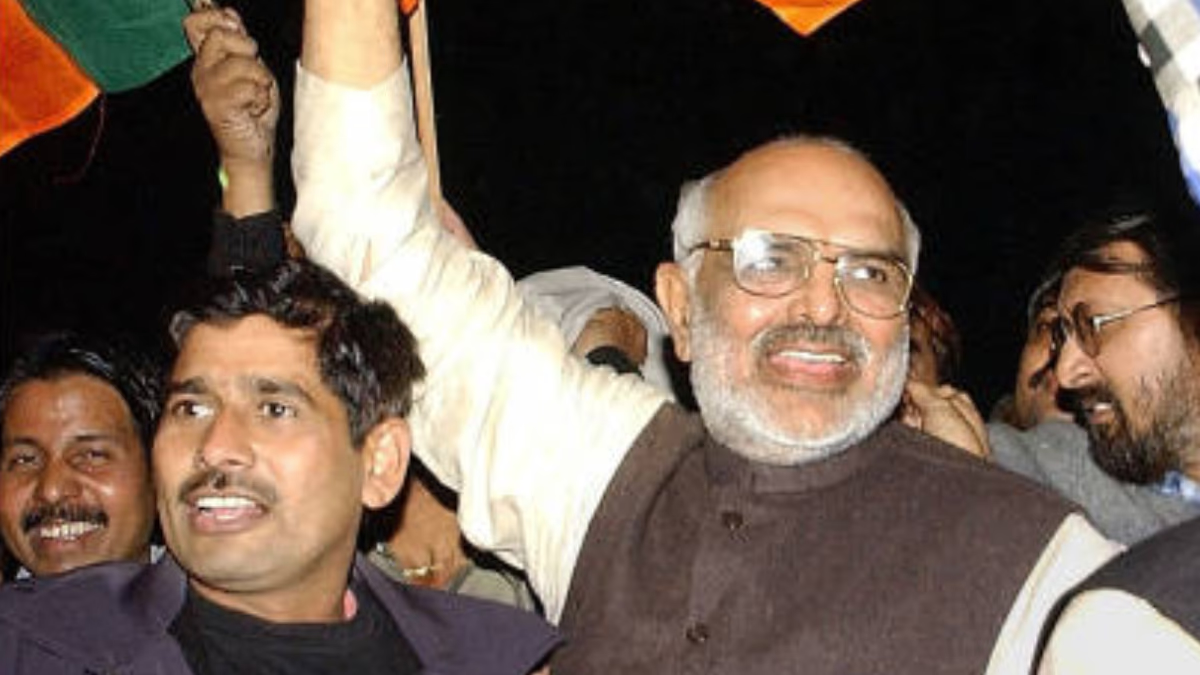
Source: aajtak
Close to 50 days before the Delhi elections, Verma had to resign on October 12, 1998. Verma served as CM for 2 years and 228 days. Before resigning, Verma sought assurances from the party leadership that Khurana wouldn't be reinstated as CM.
By late 1997, many cases related to the Jain Hawala allegations collapsed in court, exonerating Khurana, whose camp persisted in lobbying for his reinstatement as CM. However, Advani was steadfastly opposed. Subsequently, Khurana contested and won the Delhi Sadar Lok Sabha election in March 1998 and was appointed a minister in Atal Bihari Vajpayee's cabinet.
Why Was Verma Compelled to Resign?
As Delhi approached elections within 50 days, soaring onion prices sparked public discontent. With onion scarcity causing prices to soar to 60-80 rupees per kilo, BJP decided that introducing a new face could generate positive election outcomes. Under pressure, Verma resigned from his CM position.
Sushma Swaraj:
Subsequently, the organization tasked Sushma Swaraj with Delhi’s leadership. On October 12, 1998, she took office as CM. Verma himself proposed Swaraj's name during the BJP legislative meeting. Under Swaraj's leadership, BJP contested the assembly elections, yet Delhi's populace toppled BJP from power, granting Congress victory with Sheila Dikshit leading the new government. The spike in onion prices, inflation concerns, and electricity issues contributed significantly to BJP's downfall.
Sushma Swaraj held the Chief Minister's office for 52 days. Since then, BJP has persistently contested with a declared CM candidate but has failed to reclaim Delhi's government.
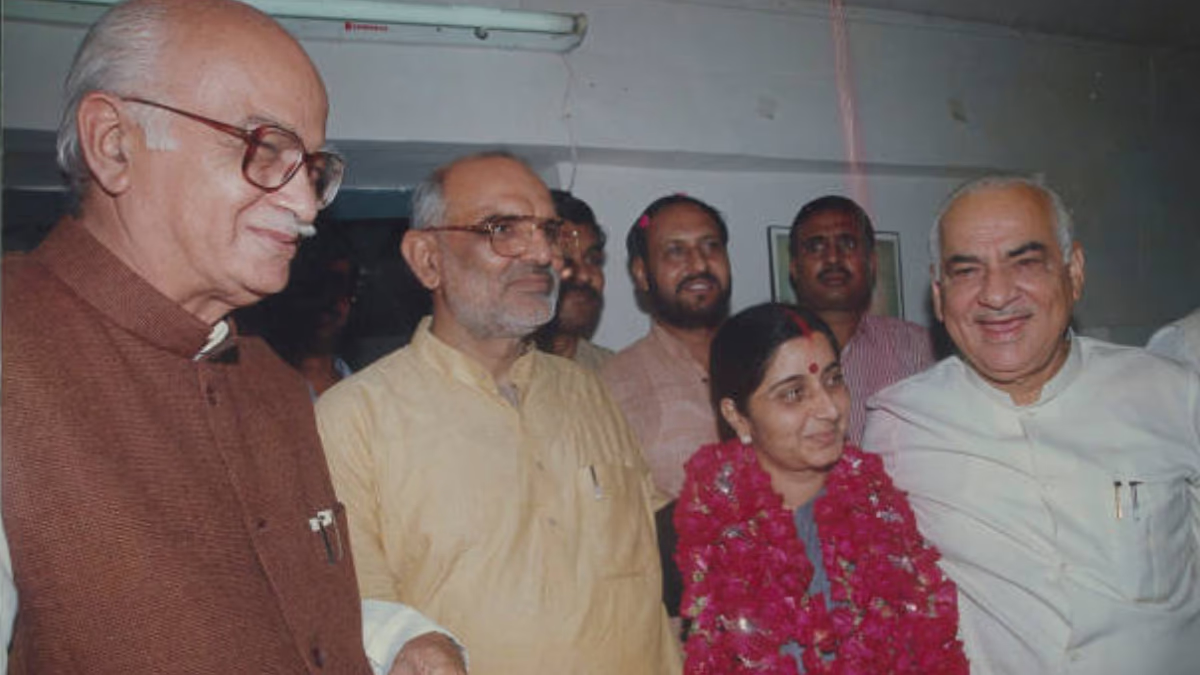
Source: aajtak
A Glimpse into Delhi's History...
Delhi's first assembly was inaugurated on March 27, 1952, with 48 assembly seats. Congress won 39 seats, appointing Congress leader Chaudhary Brahm Prakash as the first Chief Minister. However, in 1955, Brahm Prakash was replaced by Gurmukh Nihal Singh. In 1956, the State Reorganisation Commission was instituted, and based on Fazal Ali Commission's recommendations, Delhi was stripped of its assembly status, dissolved on November 1. Delhi was reclassified as a union territory. This commission's advice led to the establishment of the Delhi Municipal Corporation through the Delhi Municipal Corporation Act.
Between 1956 and 1990, an administrative council consisting of 61 members managed Delhi's governance, headed by a Lieutenant Governor. The council made recommendations on matters of public importance while the Lieutenant Governor made final decisions. Essentially, there wasn't a Chief Minister in office for nearly four decades. Following the 1955 incident, assembly elections were held again only in 1993. Essentially, to address administrative shortcomings, the Government formed the Sarkaria Committee in 1987, which submitted a report on December 14, 1989, advocating the establishment of an assembly in Delhi. The 69th Amendment to the Indian Constitution in 1991 formally designated Delhi as the National Capital Territory.
Under the amendment, Delhi was granted partial statehood, a status that past and present Chief Ministers have continuously challenged. The Lieutenant Governor was appointed Delhi’s administrator. Legislative changes were enacted through the National Capital Territory Act (NCT Act, 1991), leading to the first assembly elections in Delhi in 1993 under this new law.
